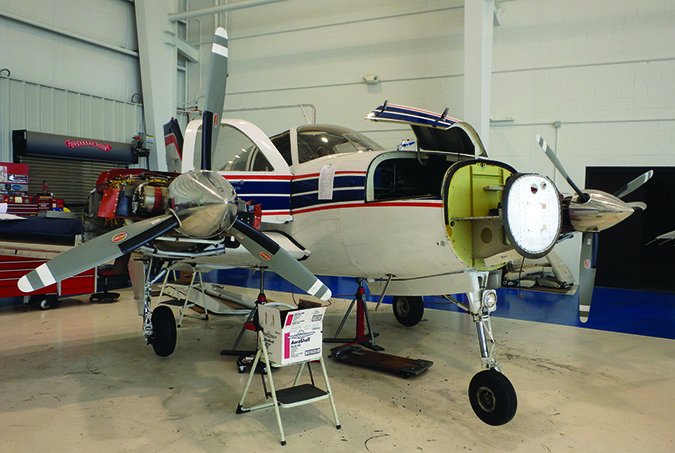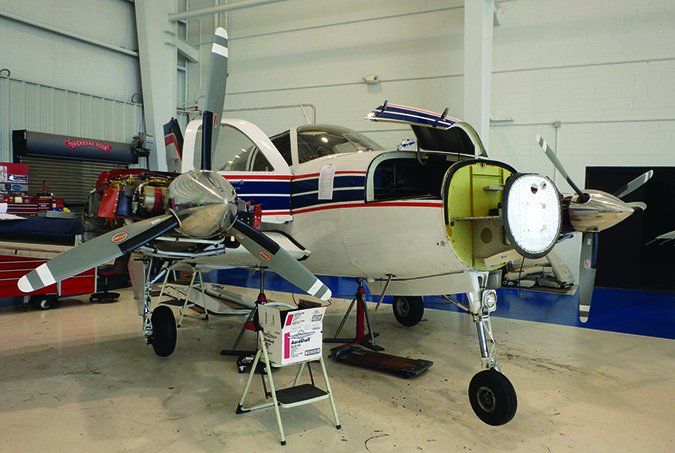One of our readers—an airplane owner and active CFI—recently called to ask why the magazine doesn’t bring more attention to rule-bending, which he thinks is a growing trend. Although he had no hard statistics to back up his assertion, he offered the stereotype that older and financially capable pilots with medical issues are getting their hands on technically advanced and highly automated aircraft (yes, he mentions Cirrus). He went on that the combination of an aging pilot population and the anticipation of third class medical reform is making for a lot of scofflaws, while the advocacy of AOPA and other alphabets is fostering an arrogant sense of entitlement among the older and financially flush GA pilot community. Last, if these pilots fly without medicals (he found a half dozen recent crashes where the pilot had a lapsed medical), then they also must have a lax attitude when it comes to maintenance. Is it really a free-for-all out there? If it is, it’s not exactly a new trend, in my estimation.

This got me thinking about one of the most mechanically skilled aircraft owners I’ve ever known. He would half jokingly proclaim that since it was he who owned his airplane—and not the FAA—he could do whatever the heck he wanted with it. If that included making improvements and modifications to his ride without jumping through a lengthy and convoluted FAA approval process—which wouldn’t add a bit of safety to his mission—he’s already done it. When I challenged my friend’s rebellious ways, he admitted to trying to play by the rules, but after years of dealing with misinformed FAA airworthiness inspectors who shot at him from their hip, he started walking to the click of his own wrench. I have no idea if he flew his airplane out of annual inspection or without a medical certificate, but I do know that he never put a scratch on the airplane in 50-plus years of flying. He’s lucky and skilled, but that doesn’t make him right.
After researching lots of NTSB reports each month, it does make me wonder if the regs still matter. They should matter because they are the rules and responsible pilots follow rules, right? But how many other pilots are taking this do-what-I-want approach to flying because of the outdated medical requirements, not to mention a stale Part 23? Since flying—and aircraft ownership in general—is based almost entirely on the honor system, it’s impossible to know exactly how many pilots fly without medicals, in unairworthy aircraft and without flight reviews. You’ll have to look to the NTSB reports for hard evidence, which do have a healthy number of probable causes with narratives that include all of the above—especially pilots who were flying without a valid medical certificate. As we reported in the operational blunders article in the April 2016 issue of Aviation Consumer, if you crash, you or your lawyer might be defending your actions because almost every crash could have a rule-breaking gotcha in its wreck report.
The pilot who continued to fly VFR into IMC conditions and augered into rising terrain busted an FAR, and the FAA and NTSB can argue that the pilot should have known that the weather conditions were beyond his or her capabilities. That pilot would get slapped with a 91.13 bust—careless and reckless. But, it’s easy to see why some rule-breaking is easy to justify by dint of common sense. For example, if the annual inspection on your airplane expired on May 31 and you hop in and fly it to the shop on June 3, are you really at an increased risk of crashing? I highly doubt it. Perhaps a 10-day grace period might keep rule-abiding pilots honest. The rest will fly on day 11.
I can’t think of a workable alternative to the self-policing honor system that’s currently in place. The naysayers of medical certification reform argue that self-certification is tantamount to allowing the fox to guard the chickens and is a step away from compliance. I say that as long as there is a human element involved, any and all rules will be bent. If you’re among the crowd that can’t stop yourself from bending the FARs, follow the lead of my rebellious friend and simply don’t bend the airplane.


